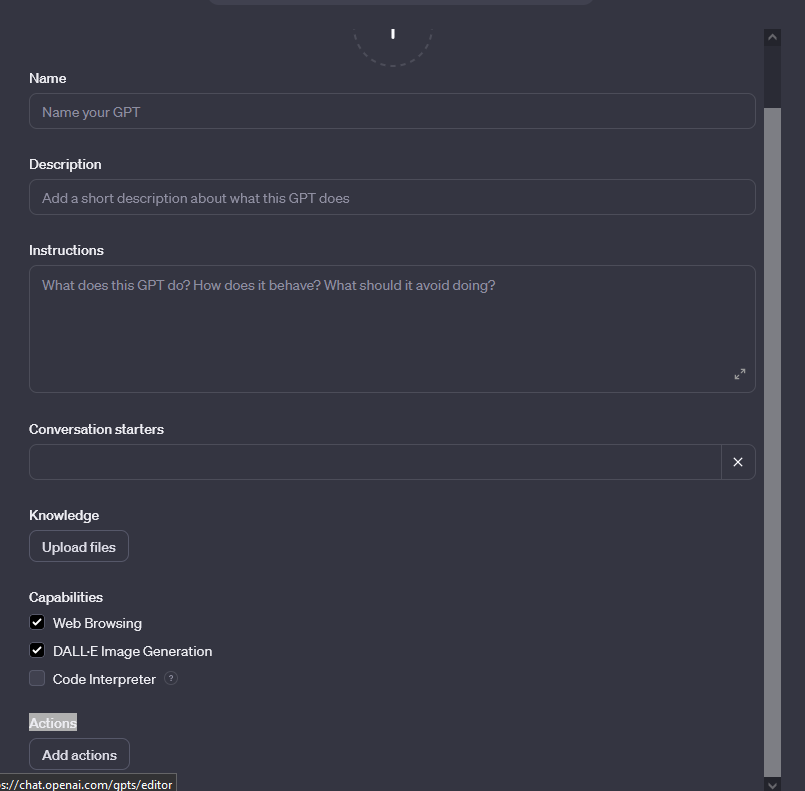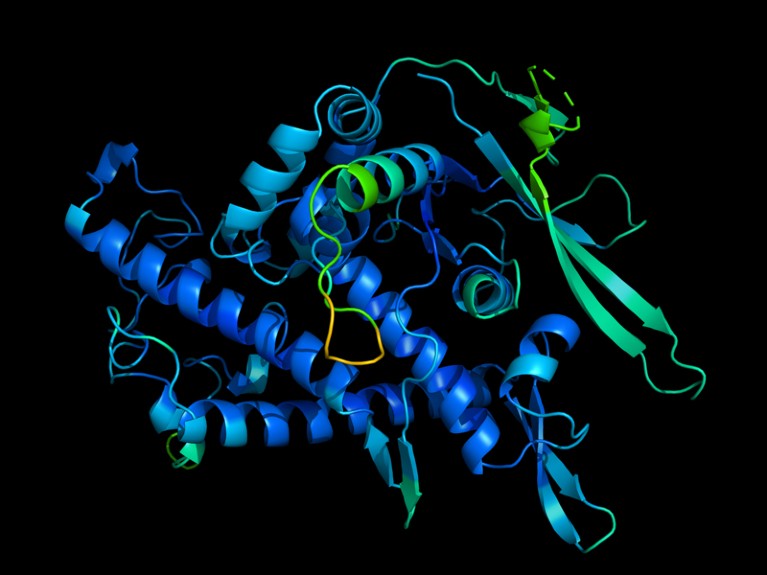OpenAI, the renowned maker of ChatGPT, has recently announced a significant shift in its regulatory approach within the European Union. The company has taken proactive measures to mitigate its regulatory risk in the region, particularly in response to ongoing scrutiny over ChatGPT’s potential impact on users’ privacy and data protection concerns.
The forthcoming update to OpenAI’s terms of use indicates a strategic move to appoint its Irish entity, OpenAI Ireland Limited, as the data controller for users in the European Economic Area (EEA) and Switzerland. This significant transition, set to take effect on February 15, 2024, is aimed at aligning with the General Data Protection Regulation (GDPR) and leveraging the GDPR’s one-stop-shop mechanism to streamline privacy oversight under the lead data supervisory located in Ireland.
However, amidst these developments, it’s essential to consider a different perspective on OpenAI’s regulatory maneuvers in Europe. While the company’s efforts to establish a Dublin-based entity as the controller for European users’ data may streamline privacy oversight, concerns regarding the pace and cadence of GDPR oversight of tech giants in Ireland, including OpenAI, have been raised.
Critics have pointed out the regulator’s advocacy for substantially lower penalties than its peers and the glacial pace of investigations, leading to questions about the effectiveness of regulatory enforcement. The potential for OpenAI to obtain main establishment status in Ireland raises questions about the regulator’s ability to enforce data protection laws effectively, especially in the rapidly advancing field of generative AI.
Furthermore, OpenAI’s updated European privacy policy, including the assertion of relying on a legitimate interests legal basis to process people’s data for AI model training, has sparked discussions about the company’s approach to data processing and the broader societal implications. The introduction of new wording in the privacy policy suggests an intention to defend its data processing activities by making a public interest argument, raising questions about the alignment with the strictly limited set of valid legal bases for processing personal data under the GDPR.
As OpenAI navigates the evolving landscape of data protection regulation and AI technologies, the impact of its regulatory maneuvers in Europe remains a subject of ongoing debate. The potential for Ireland to exert significant influence in shaping the direction of travel concerning generative AI and privacy rights underscores the importance of scrutinizing the implications of these regulatory shifts.
In conclusion, while OpenAI’s strategic realignment of its regulatory framework in Europe aims to address data protection concerns and streamline privacy oversight, it also invites critical examination of the effectiveness of regulatory enforcement and the broader societal impact of AI-driven data processing. As the company continues to engage with European data protection authorities and navigate the complexities of GDPR compliance, the implications of its regulatory maneuvers will undoubtedly shape the future of data protection and AI governance in the region.
Sources:
Article: https://techcrunch.com/2024/01/02/openai-dublin-data-controller/
engine: YOUchat https://you.com/search?q=who+are+you&tbm=youchat&cfr=chat
Reference/useful links:
https://x.com/OpenAI?s=20\
https://coingape.com/openai-moves-to-cushion-regulatory-risk-in-eu-report/













